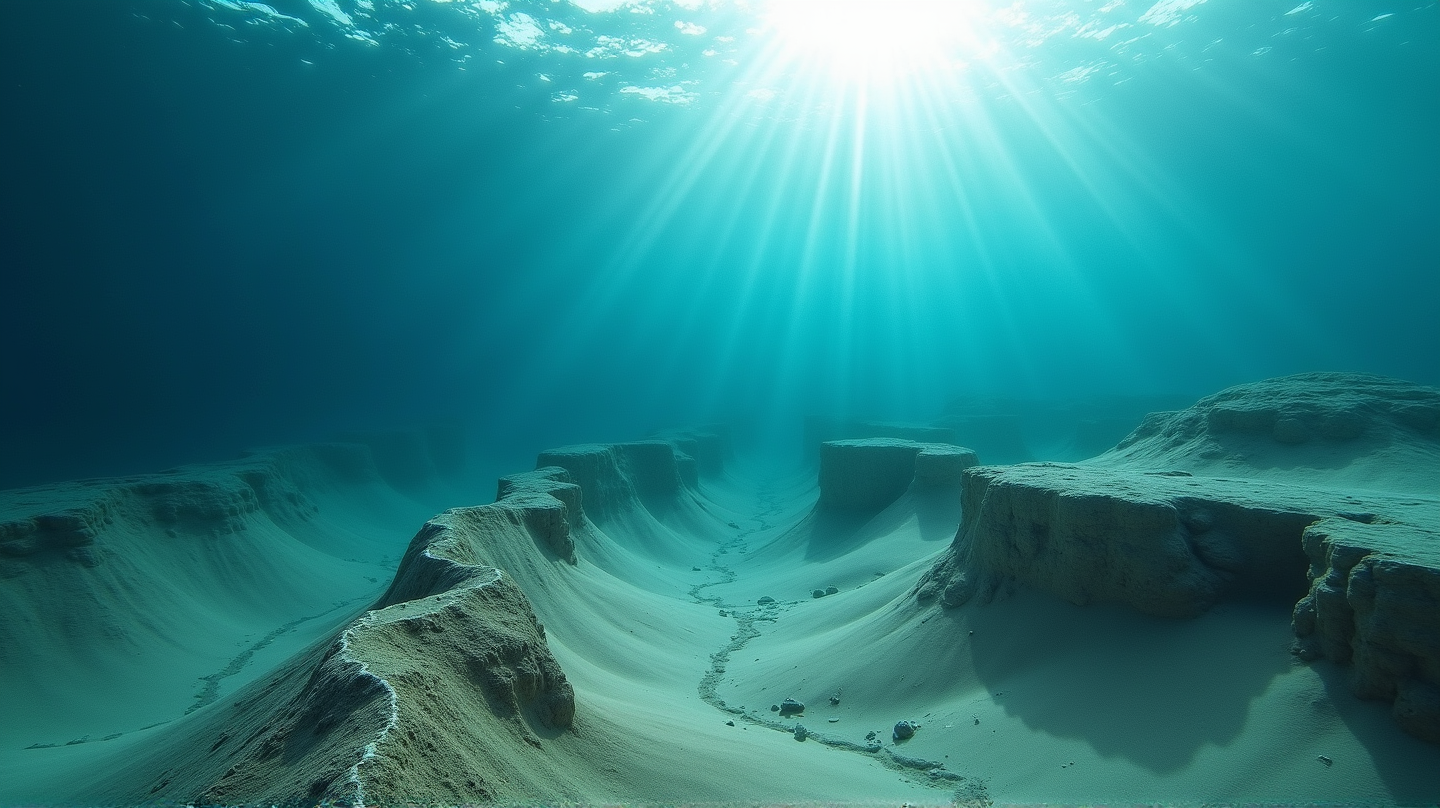The North Sea has been a hub of maritime intrigue for centuries, hiding beneath its waves enigmatic geological structures, now known as “sinkites” and “floatites”. Recent revelations have shined a light on the origins and implications of these formations, challenging our conventional understanding of Earth’s geological processes.
The Heyday of Discovery: Unraveling Marine Mysteries
In the murky depths off Norway’s Coast, scientists have finally unraveled the long-standing enigma of massive sand mounds, buried deep under the North Sea. For years, the origins of these seabed structures sparked debate and curiosity. But thanks to advancements in seismic imaging and thorough rock sample analysis, a new narrative has emerged.
A Geological Revolution: Sand Mounds Defying Tradition
Discoveries made using advanced seismic data reveal that these miles-wide mounds are formed of younger, denser sands that sank into the substrata of older, lighter “ooze” – a blend of ancient microorganism remnants. This startling revelation flips the script on traditional geological layers, where older layers typically sit below their youthful counterparts.
Unearthing the Unseen: The Birth of ‘Sinkites’ and ‘Floatites’
Terms like “sinkites” and “floatites” may sound like a page from a fantasy novel, but they ground the discovery in reality. “Sinkites” describe the descending dense sands, while “floatites” refer to uplifted ooze that gives rise to giant mounds beneath the sea floor. Scholars speculate that natural forces such as earthquakes or pressure shifts have caused the sand to flow fluidly, slipping through fractures and reshaping the landscape below.
Beyond the Mystery: Implications for Carbon Capture
Uncovering this unique geologic process holds promise beyond purely academic interest. According to the Republic World, understanding the dynamics at play could prove vital for future endeavors in carbon capture and storage. As researchers delve deeper, they’ll gauge the potential of these sub-sea formations to function as secure repositories for carbon dioxide, offering hope in our pursuit of sustainable environmental solutions.
Geophysical Insights: Flipping the Geological Script
“Sinkites” and “floatites” are now pivotal terms in geological study, symbolizing a seismic shift in our perception of sedimentary behavior. The study’s co-author, Mads Huuse, stands at the forefront of this revolutionary view, promising new insights that redefine what we know about Earth’s undersea architecture.
This awe-inspiring discovery invites both professional geologists and curious minds to ponder the natural wonders still veiled beneath our Earth’s surface, further demonstrating the ever-evolving tapestry of our planet’s geological history.
